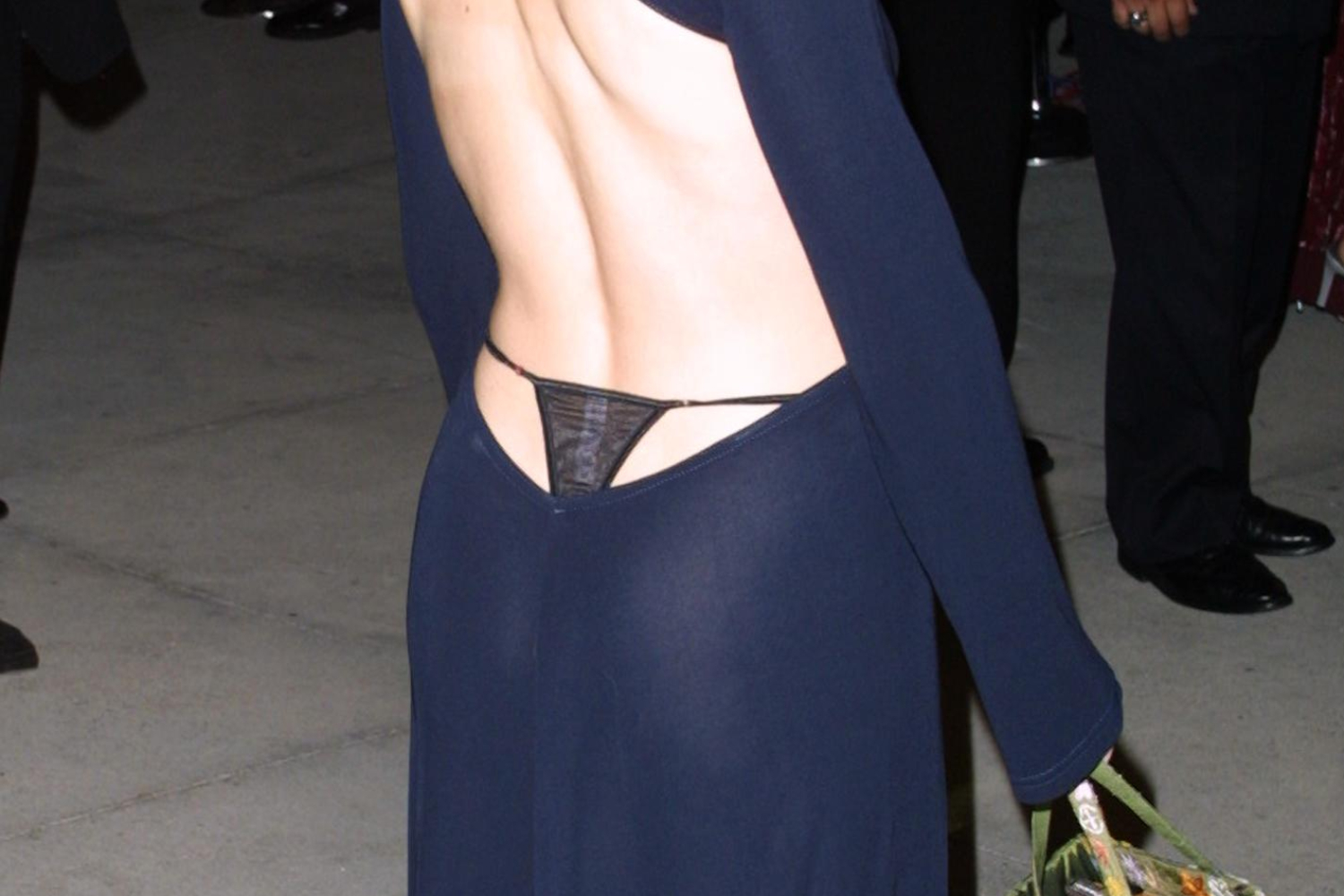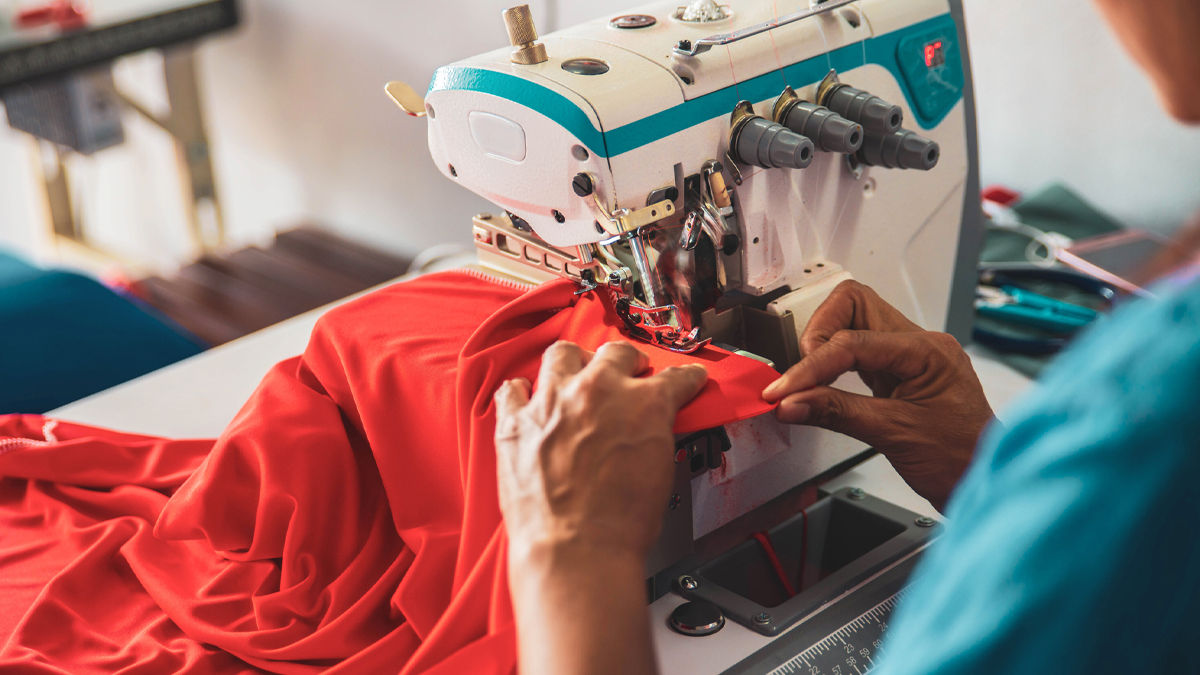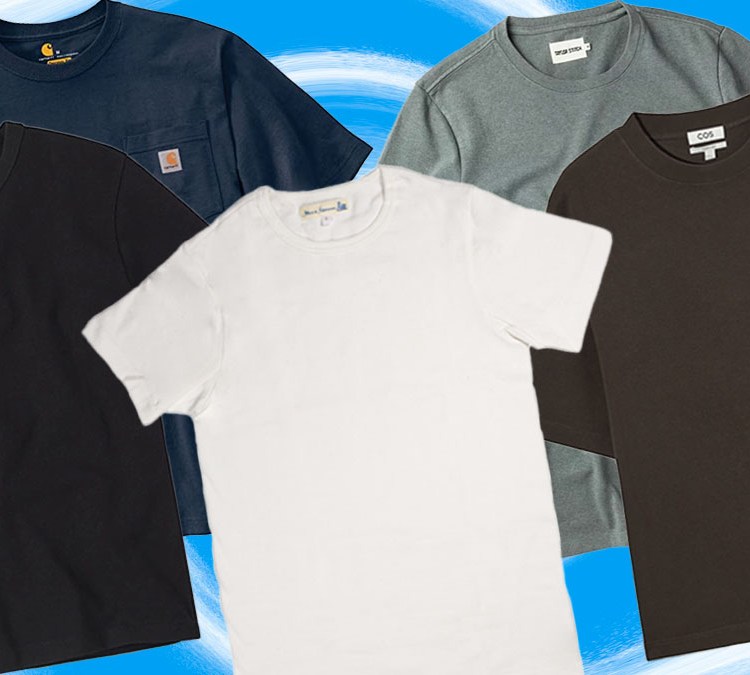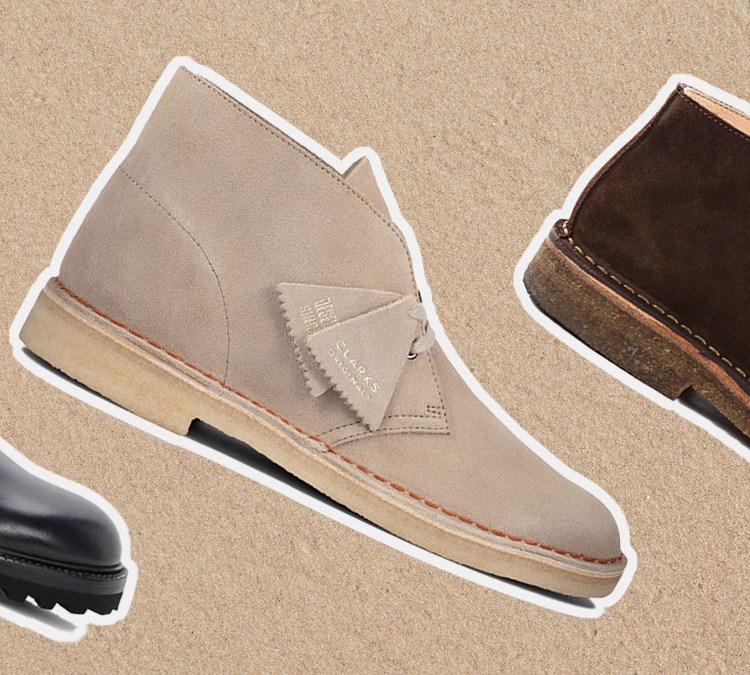You may have noticed that everyone seems to be dressing like a lesbian these days, and by everyone, I mean even — and perhaps especially — straight-identifying or otherwise hetero-presenting women.
From the baggy, loose-fitting silhouettes that have replaced the skinny jeans of yore to the practical footwear that has taken over since women (reportedly) ditched their heels in the pandemic, the most popular mainstream women’s fashion trends of the day all reflect a certain sapphic influence. And androgynous style isn’t just for ordinary women reluctant to return to their pre-pandemic uniform of skin-tight pants and sky-high heels; from queer icons like Kristen Stewart to supermodels like Gigi Hadid, androgynous fashion has taken over Hollywood as well. Traditionally straight-presenting A-listers like Kendall Jenner and Bella Hadid — icons of conventional female attractiveness as dictated by the male gaze — have been photographed rocking the lesbian-chic aesthetic, sporting power suits, designer loafers and oversize everything.
Jill Gutowitz, author of Girls Can Kiss Now, wrote about the growing influence of sapphic style on mainstream fashion in a recent article for Harper’s Bazaar. While Gutowitz notes that, as a queer woman who was once mocked for her love of Dr. Martens, “seeing a straight-identifying woman wearing overalls, Tevas, and a bandana is somewhat disorienting,” she also finds it “validating” to find an aesthetic once mocked by a homophobic society now dominating mainstream women’s fashion.
Of course, it’s important to note that some might view this trend as appropriative — Gutowitz herself admits to some occasional feelings of resentment. But what makes this trend particularly interesting among its hordes of straight-presenting adopters is that it completely ignores the male gaze. Traditionally, what has been considered chic in women’s fashion has been informed, at least to some extent, by what men find sexy. Lesbian fashion is decidedly not that. I don’t mean to argue that women embracing lesbian style are doing so in a deliberate attempt to subvert the male gaze in a bra-burning, second-wave kind of way. But as Gutowitz notes, the lesbian wardrobe is one that traditionally reflects a “need for efficiency and comfort” — pretty much the opposite of what’s normally considered “sexy” under the male gaze. The sapphic aesthetic is not an attack against that gaze; it just ignores it entirely, which is rather refreshing.
This is not to say that this look isn’t sexy, or that men can’t or don’t find it so. But the sapphic-chic aesthetic taking over mainstream women’s fashion at the moment is largely devoid of the skin-tight silhouettes and towering stilettos that have traditionally defined sartorial sexiness for women. Nor is this to say that women who do still lean towards tight dresses and heels are regressive bimbos desperate to appease the male gaze. Personally I happen to prefer that look myself, and I would hope at this point we are all aware that women who choose to dress in a more conventionally sexy manner are not necessarily doing it “for men,” but also it’s fine if they are.
Still, women who are embracing this moment of lesbian-chic fashion are decidedly not dressing for men — but, again, not in a way that is meant to deliberately challenge or threaten men or their gaze (so please calm down). Women aren’t dressing for you these days, but they’re not not dressing for you. Sapphic style isn’t so much an aesthetic that defies the male gaze, but rather one that exists outside of it altogether, representing a new, more androgynous approach to women’s style and sex appeal.
Thanks for reading InsideHook. Sign up for our daily newsletter and be in the know.

















